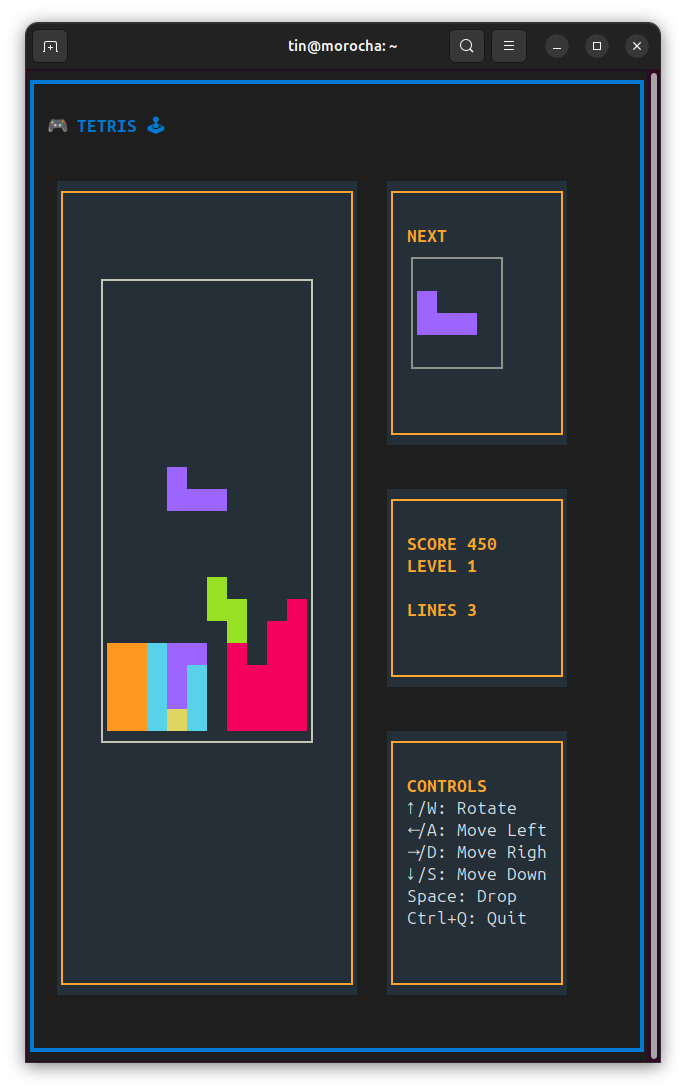Lobstersgram, un cliente rápido de lobste.rs en Telegram
Lobsters (lobste.rs) es probablemente mi fuente principal1 de lecturas técnicas: es una curación hecha por humanos que prioriza la calidad de los contenidos, sin clickbaiting ladino, publicidad abusiva o comentarios hostiles. Si bien no soy miembro (requiere una invitación), comulgo fuertemente con su espíritu de la "vieja internet".
Ayer, mayormente desde ChatGPT en el teléfono, hice Lobstersgram, un bot que funciona como un cliente rápido de lobste.rs en Telegram.
Cada cierto tiempo, si el bot detecta que hay artículos nuevos publicados en el sitio, te manda un mensajito con una intro y un link del artículo copiado a telegra.ph, además del link a la fuente original y al hilo de discusión en el foro. ¿Por qué republicar en telegraph? Porque soporta el modo instant view, que permite precargar el contenido con un estilo simple y unificado, ideal para leer desde el móvil.
Si tenés Telegram, podés probarlo en @lobstersgram_bot
Comandos:
-
/startpara suscribirte -
/unsubscribepara dejar de recibir
(Atención, solo funciona cada 2 horas, así que eventualmente te va a responder, pero no esperes inmediatez)
Acá una demo que grabé capturando la pantalla del celu (con notificación de un mensaje al grupo familiar incluida)
